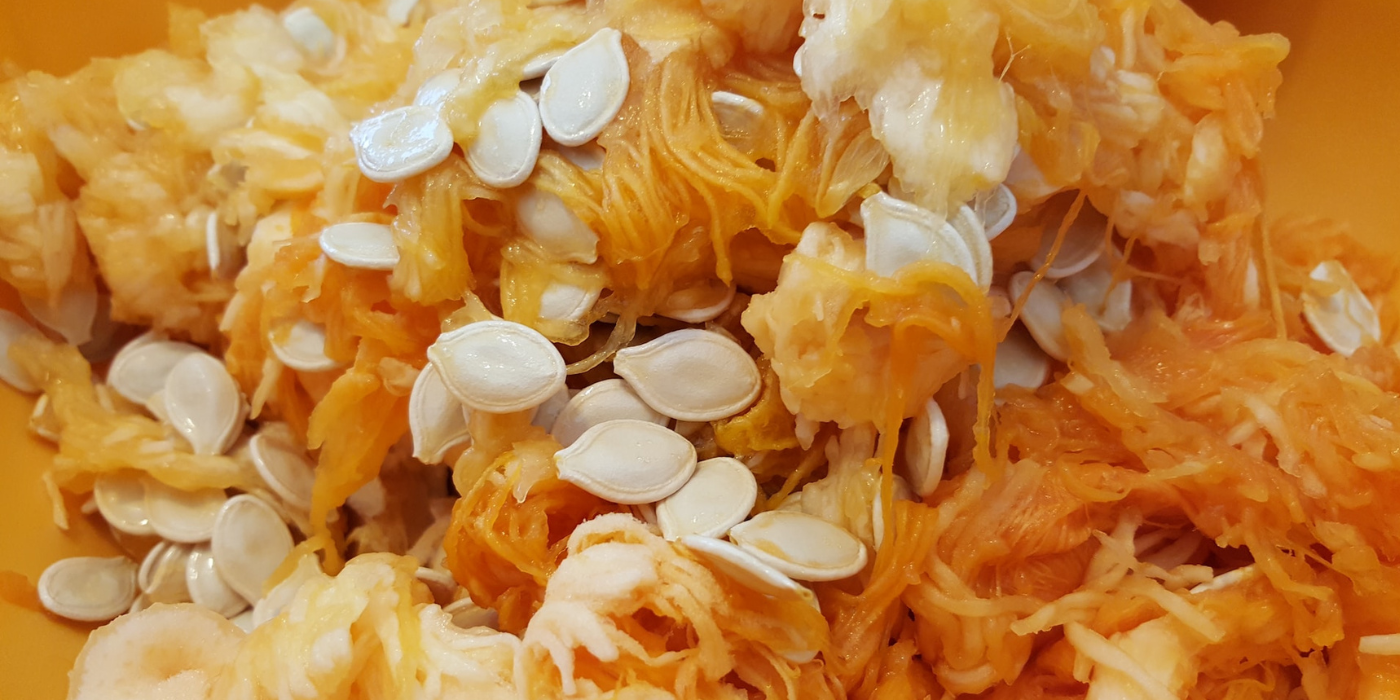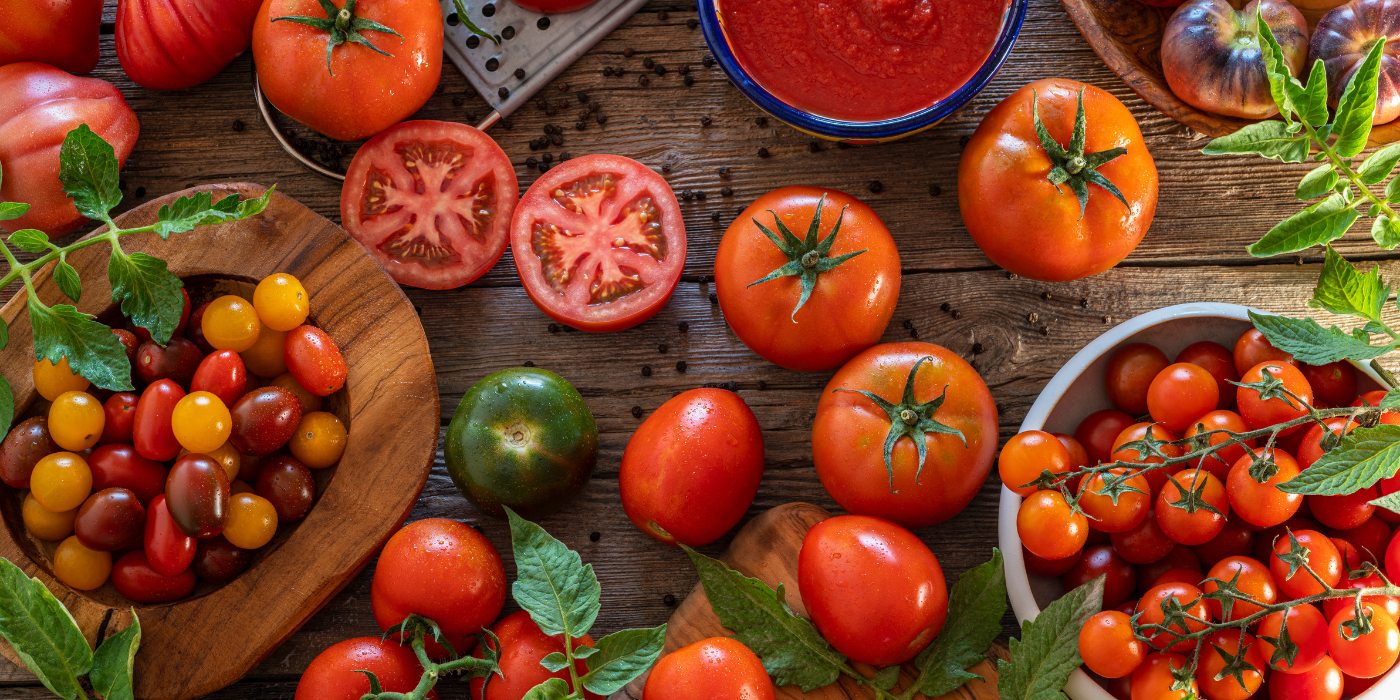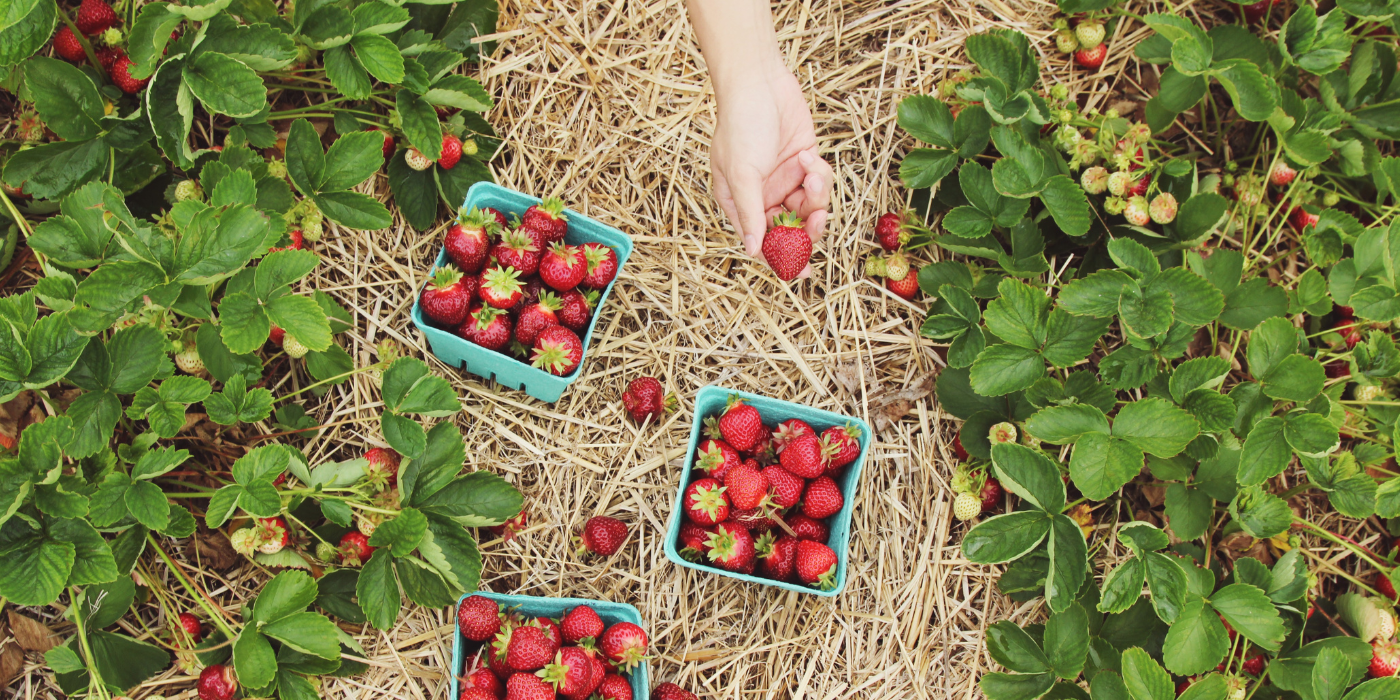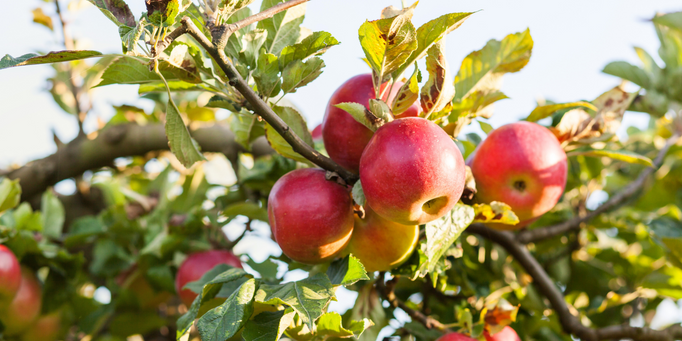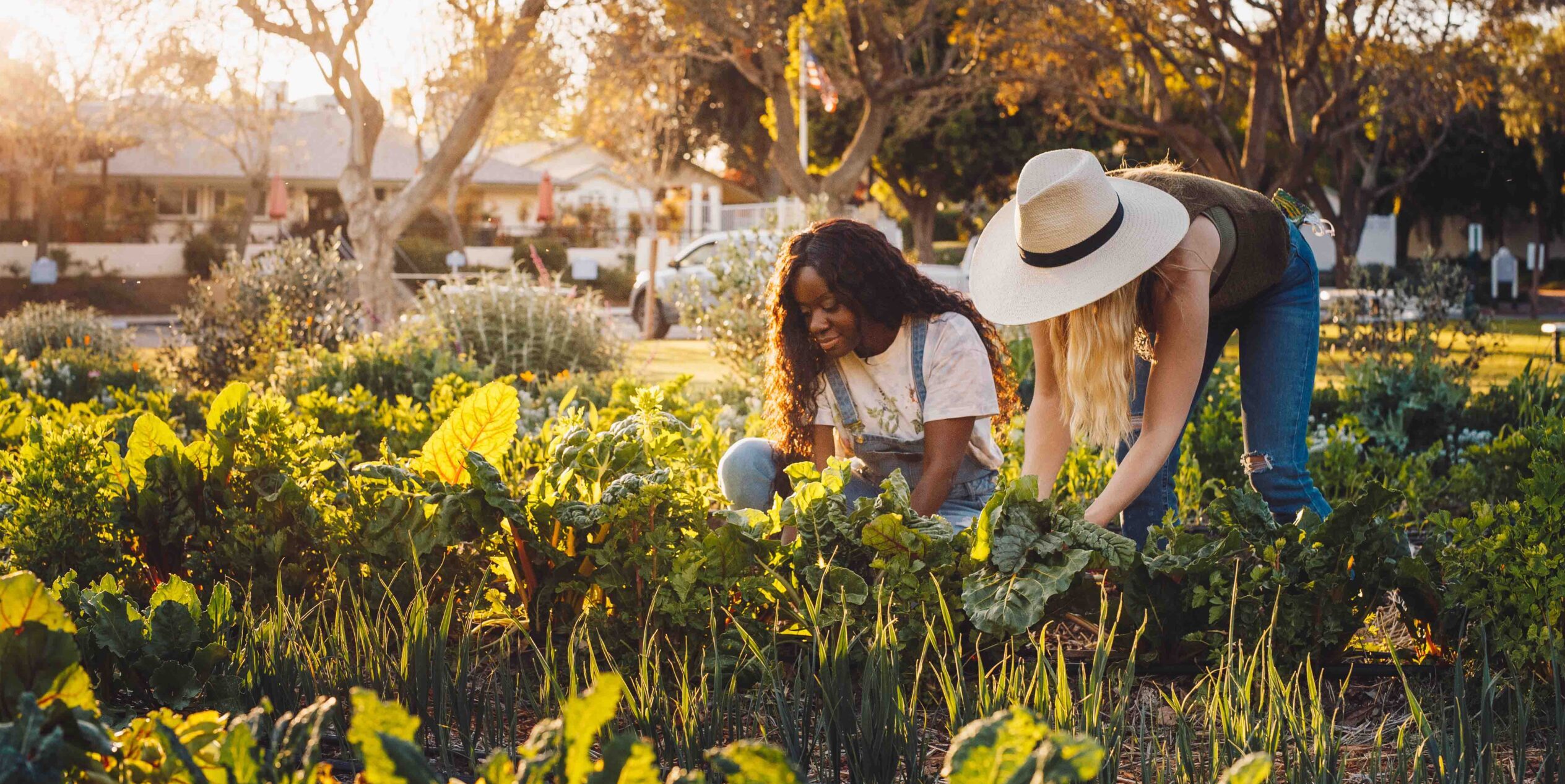5 Earth-friendly Ways to Use Halloween Pumpkin Guts
October 25, 2023 Edible Gardening 5 Earth-friendly Ways to Use Halloween Pumpkin Guts It’s pumpkin carving time! But what happens after pumpkins are carved, displayed, and start to rot? Just like…
8 Tips for Growing Perfect Organic Tomatoes at Home
May 21, 2023
Edible Gardening
8 Tips for Growing Perfect Organic Tomatoes at Home
How to Grow Strawberries in Your Home Garden
April 14, 2023
Edible Gardening
How to Grow Strawberries in Your Home Garden
8 Best Fruit Trees for Your Home Garden
Jan 31, 2023 Edible Gardening 8 Best Fruit Trees for Your Home Garden Do you dream of relaxing in a dreamy orchard buzzing with bees and birds? Enjoying ripe fruit and relaxing under blossom-filled…
Creating Your Edible Landscape
MAY 15, 2021 Edible Gardening Some gardens are simply utilitarian, some are there to look lovely. How about an edible landscape that fills your senses and your table? Beautiful and tasty! Just…

